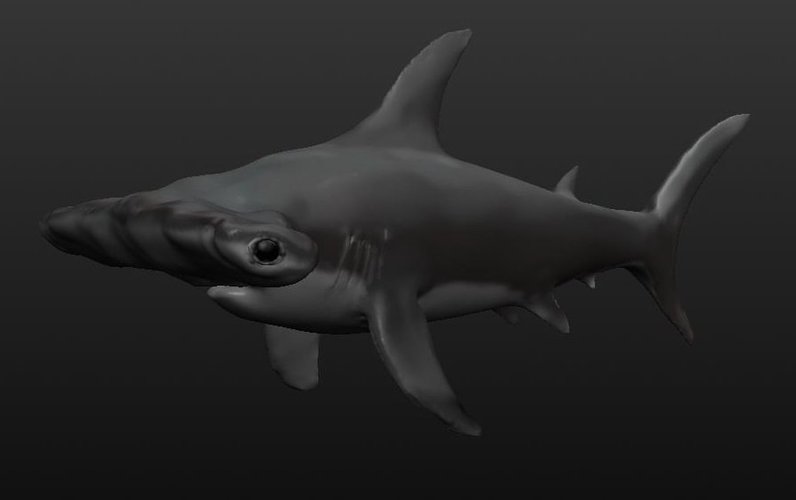
Showcasing the rather impressive wild survivalists and masters of the ocean not as dangerous devouring fighting machines.
#FIRST SHARKS 3D MOVIE#
These gorgeous stickers feature ferocious sharks in shades of gray and blue. Sharks (3D) Movie Trailer - Plot synopsis: Exceptional imagery depicts these amazing sea dwellers in a new and different way, as theyve been around long before dinosaurs. In addition, Glikmanius was previously primarily known from the Pennsylvanian (323 to 298 million years ago) and Permian (298 to 251 million years ago) marine sedimentary rocks, making the fossil from Mammoth Cave one of the oldest examples (335-340 million years ago) of this genus. Give your crafts a boost of three dimensional fun with Sharks 3D Stickers. What is exciting about this discovery, this represents the first known set of cranial cartilages for this species of shark ever to be identified. Instructions Use your mouse to control the shark, dash in to eat other sharks, and avoid their tails, scales teeth, and mouth.

the Jaws-fed perception of sharks as vicious man-eaters, Sharks 3D. The beaches might be closed but your gaping jaws are open for business. the oceans ultimate predators, including white, hammerhead and whale sharks. The sheer diversity of fish on display is the first indication that Sharks 3D’s title is a bit misleading: While the pic does offer up-close-and-personal looks at sharks of many varieties. The teeth identify this partial skull as a small ctenacanth shark called Glikmanius. Sharks 3-D is a game about survival, a game about living, and a game about death. This specimen was recently examined and identified. Cape Town, South Africa, 4 th May 2021 Identifying protected shark species purely from their fins especially any caught and smuggled illegally is an enormously challenging task. This ctenacanth shark was approximately over 2.5 feet in length and sported two dorsal fin spines that act as a deterrent to larger predators (like Saivodus) to prey upon them.Ī small articulated upper and lower jaw (approximately 11 centimeters long) with elements of the gills and a number of teeth were discovered by NPS Partners from the Cave Research Foundation in the early 1990’s. The Late Mississippian "Glikmanius" found at Mammoth Cave National Park, Kentucky.


 0 kommentar(er)
0 kommentar(er)
